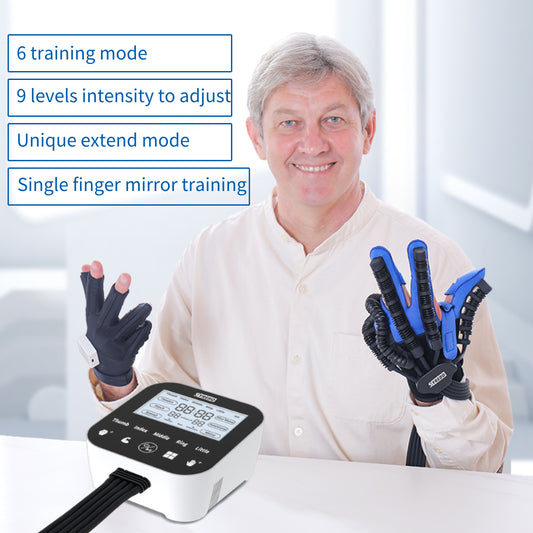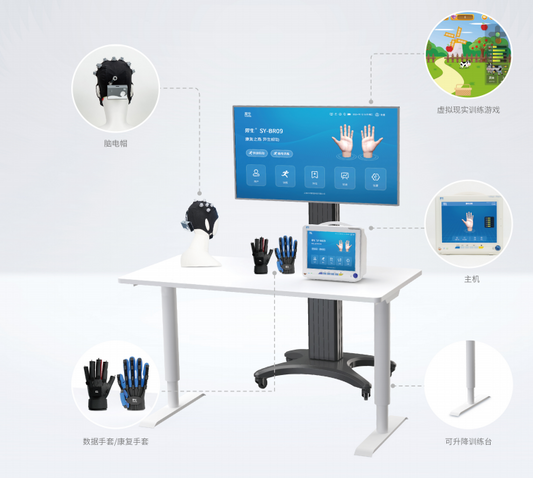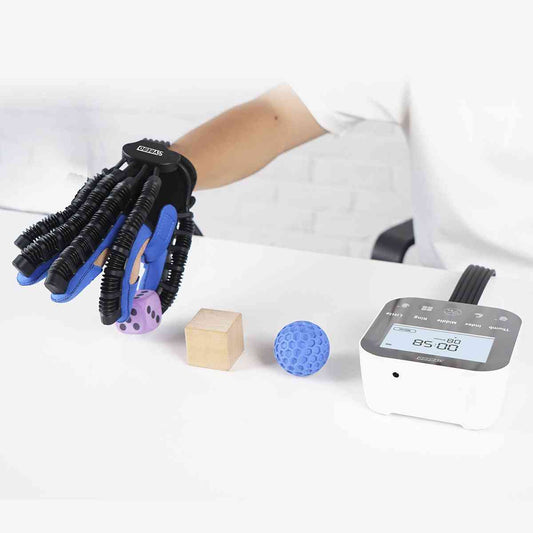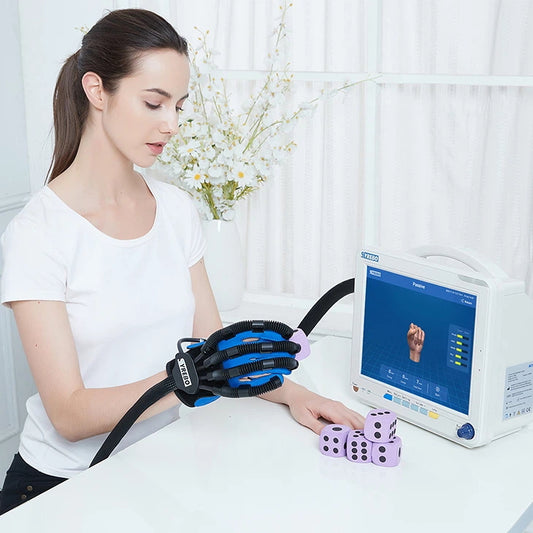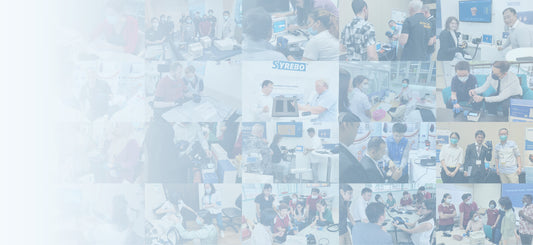Everything you need to know about spasticity
Spasticity
Spasticity is a condition in which muscles stiffen or tighten, preventing normal, smooth movement. The muscles are constantly contracted and cannot be stretched, thus affecting movement, speech, and gait.
What Causes Spasticity?
The main cause of spasticity is damage to the nerve pathways that control muscle movement. This can be a symptom of a variety of conditions and diseases, including:
- brain injury
- spinal cord injury
- stroke
- cerebral palsy
- multiple sclerosis (MS)
- amyotrophic lateral sclerosis (ALS, Lou Gehrig’s disease)
- hereditary spastic paraplegias
- adrenoleukodystrophy (ALD)
- phenylketonuria
- Krabbe disease
What Are the Symptoms of Spasticity?
Symptoms of spasticity vary from mild muscle stiffness or tightness to painful and uncontrollable spasms. Joint pain, or tightness, is also a common symptom of spasticity.
- Muscle stiffness, resulting in less precise movements and difficulty performing certain tasks
- Muscle spasms, resulting in uncontrollable muscle contractions that often cause pain
- Involuntary crossing of the legs
- Deformation of muscles and joints
- Muscle fatigue
- Inhibition of longitudinal muscle growth
- Inhibition of protein synthesis in muscle cells
Complications
- Urinary tract infection (UTI)
- Chronic constipation
- Fever or other systemic diseases
- Decubitus ulcers
- Frozen joints
How Is Spasticity Diagnosed?
Your doctor will evaluate your medical history in order to diagnose spasticity. They will look at what medications you have taken and whether you have a history of neurological or muscular disorders in yourself or your family.
Several tests can help confirm the diagnosis. These tests evaluate your arm and leg movements, muscular activity, passive and active range of motion, and ability to perform self-care activities.
How Is Spasticity Treated?
Fortunately, there are multiple treatment options for spasticity, and patients often receive more than one treatment at a time. The following treatments have been shown to be effective in relieving symptoms and improving the quality of daily life:
Non-surgical treatments
- Physical therapy: stretching and strengthening exercises focusing on large muscle groups to improve range of motion and mobility.
- Occupational therapy: exercises focusing on small muscle groups to improve strength and coordination to improve daily tasks. Speech therapy is also available for patients whose spasticity interferes with speech.
- Casts or braces: Prevent involuntary spasms and reduce muscle tightening.
- Oral medications: Oral medications are used in combination with other therapies or medications, such as physical or occupational therapy. Oral medications are used only when symptoms interfere with daily functioning or sleep. Common medications include
- Baclofen
- Benzodiazepines
- Dantrolene sodium
- Imidazoles
- Gabapentin
- Botulinum toxin (Botox) injections: Botulinum toxin injections can be used to paralyze spastic muscles and prevent them from contracting. A small amount of Botox is injected into a carefully selected site based on the spasm pattern. Botox injections last 12–16 weeks, but due to the plasticity of the nervous system, new nerve endings are formed, and the muscle will no longer be inhibited by Botox. In addition, while Botox is helpful, the number of injections is limited.
Surgical Procedures
- Intrathecal baclofen (ITB) pump: A pump can be surgically placed in the patient's abdomen to release a steady dose of baclofen directly into the spinal fluid. This provides a significant reduction in spasticity and pain, with fewer side effects than oral baclofen. ITB pump therapy is only indicated in extreme cases of spasticity and is most effective in treating spasticity in the lower and upper extremities.
- Selective Dorsal Neurotomy (SDR): Spasticity may be the result of an imbalance in antagonistic EMG signals. Selective dorsal neurotomy (SDR) rebalances the electrical signals sent to the spinal cord by cutting selective nerve roots. This is only indicated for severe leg spasms. As long as the problematic nerve roots are correctly and precisely identified, cutting them will reduce muscle stiffness while maintaining other functions.SDR is most commonly used for patients with cerebral palsy.
At-home care for muscle spasticity
Home Care for Muscle Spasms
Your doctor or physical therapist may recommend a variety of home care options to help relieve some of the symptoms of spasticity. These include
- Stretching exercises are good for spasticity and overall health; you may need someone to help you with stretching exercises.
- Avoid extremely hot or cold temperatures.
- Wearing loose-fitting clothing and avoiding restrictive clothing or braces.
- Ensure adequate sleep.
- Change positions frequently, at least every two hours. This helps avoid developing pressure sores when using a wheelchair or being bedridden for long periods of time.
How Painful Is Spasticity?
The pain associated with spasms can be as mild as a feeling of tightness in the muscles, or it can be severe enough to cause painful spasms in the extremities (usually the legs). Spasms can also cause low back pain and lead to pain or tightness in and around joints.
Takeaway
Spasticity is a condition that causes muscles in the limbs and throughout the body to stiffen.
They can become so stiff that it is almost impossible to move them. This can make it difficult to walk, talk, or even sit or stand. You may not be able to move from one position to another without significant help.
However, sometimes muscle spasms can be helpful. It can help people with certain muscle movement disorders gain the strength to stand or walk.
In either case, it is important that you discuss the symptoms and complications of muscle spasms with your healthcare provider. Even if it is a welcome condition, you need to take steps to avoid complications such as frozen joints and skin ulcers.


